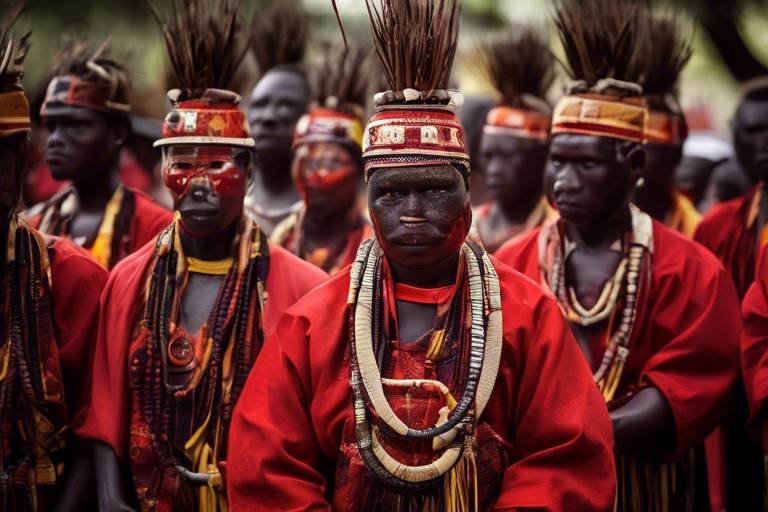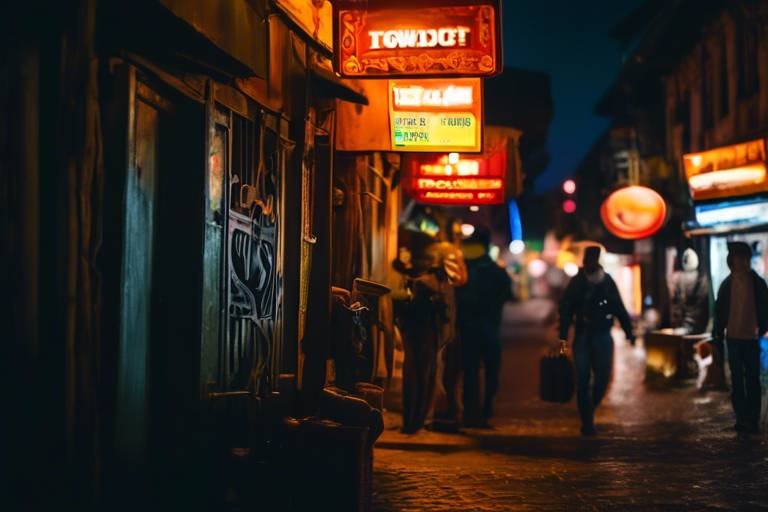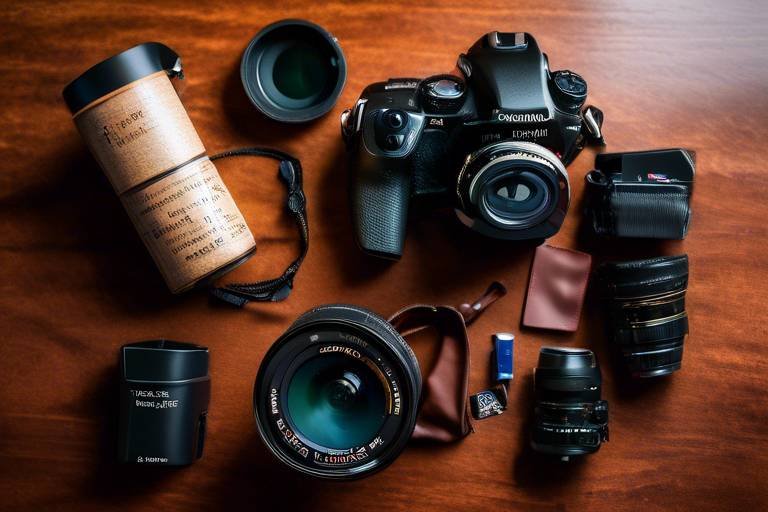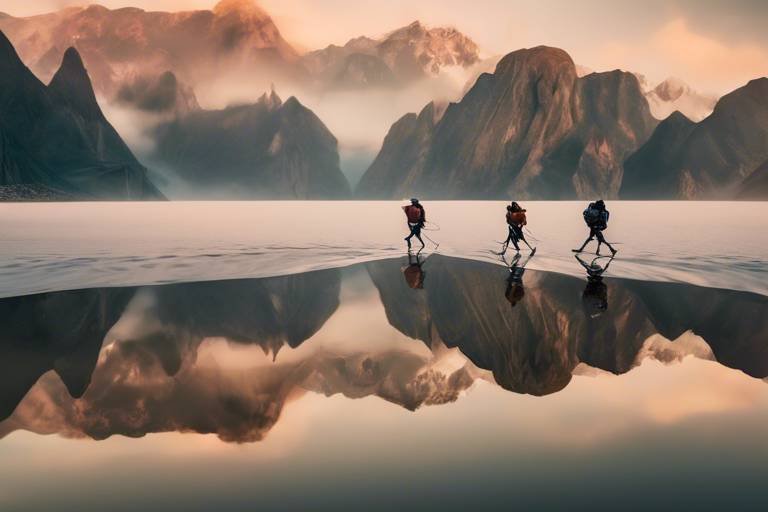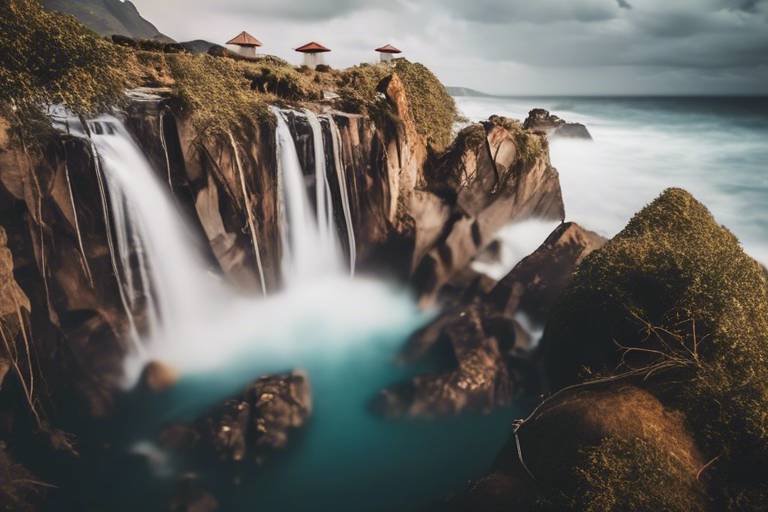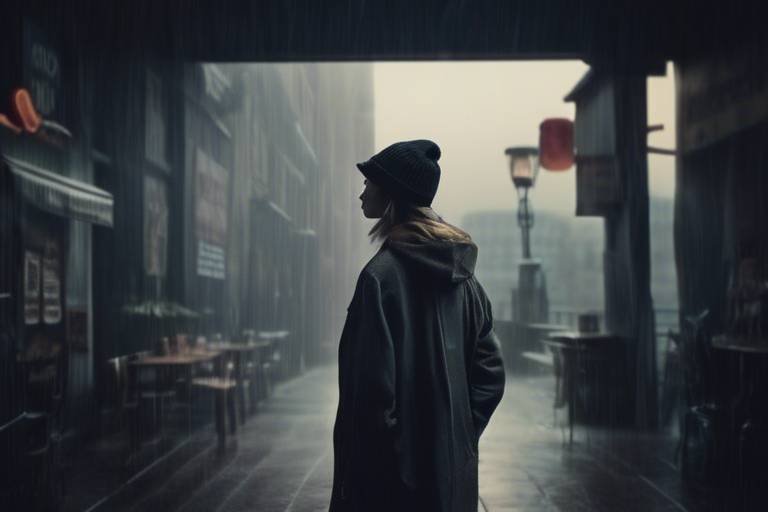How to Photograph Cultural Ceremonies and Rituals
Photographing cultural ceremonies and rituals is a unique opportunity to capture the essence of diverse traditions and practices. It requires more than just technical skills; it demands a deep understanding and respect for the cultural significance behind each event. As a photographer, you have the privilege of documenting moments that hold immense value to the communities involved.
When stepping into the realm of cultural ceremonies with your camera in hand, your primary goal should be to preserve the authenticity and emotion of the event. Each ritual is a story waiting to be told through your lens, and it's your responsibility to do so with sensitivity and creativity. By immersing yourself in the culture and building connections with the participants, you can create images that truly resonate with viewers.
Before you even lift your camera, take the time to understand the cultural context of the ceremony you are documenting. Research the traditions, symbols, and meanings behind the rituals to ensure that your photos accurately reflect the essence of the event. This knowledge will not only guide your photographic decisions but also show your respect for the community and its practices.
Building trust with the participants is crucial for capturing authentic moments. Engage with the community members, listen to their stories, and seek permission before taking any photographs. By showing genuine interest and respect, you can create a comfortable environment that allows you to blend in seamlessly and capture candid moments.
When it comes to equipment, choose wisely based on the specific requirements of the ceremony. Consider factors such as lighting conditions, the need for mobility, and the desired focal length. Having the right gear will not only help you overcome technical challenges but also enable you to focus on the artistic aspects of your photography.
Composition and framing are key elements in creating compelling images that convey the atmosphere of the ceremony. Experiment with different angles, perspectives, and framing techniques to add depth and visual interest to your photos. Remember, each shot should tell a story and evoke the emotions felt during the event.
Details matter in cultural photography. Pay attention to the intricate elements, symbolic objects, and expressions that define the ceremony. Close-up shots can reveal the beauty and significance of small gestures that might otherwise go unnoticed. By capturing these details, you can provide viewers with a deeper understanding of the cultural context.
Natural light is your best friend when photographing cultural ceremonies. Embrace the available light sources to create evocative images that preserve the authenticity of the event. Avoid using harsh artificial lighting that could disrupt the natural ambiance and instead, let the light enhance the mood and atmosphere of your photos.
Post-processing is a valuable tool for enhancing your images while maintaining their authenticity. Use editing software to fine-tune colors, contrast, and sharpness, but be mindful not to alter the essence of the moment captured. The goal is to enhance the visual impact of your photos without compromising their integrity.
Respect for privacy and etiquette is non-negotiable when documenting cultural ceremonies. Always seek permission before taking close-up shots or portraits, and be aware of any restrictions or guidelines set by the community. Your goal should be to honor the traditions and values of the participants while creating meaningful and respectful images.
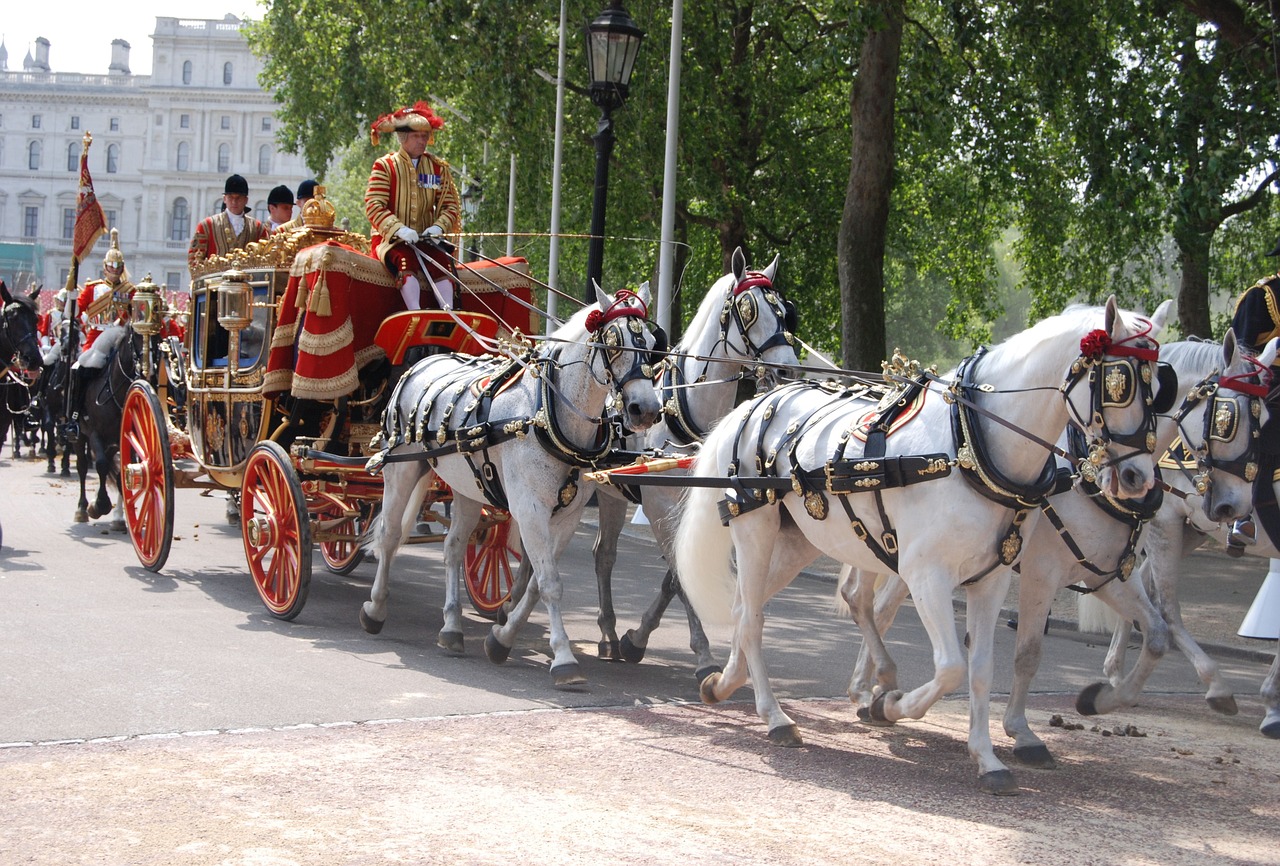
Understanding the Cultural Significance
Understanding the cultural significance of a ceremony is fundamental to capturing its essence through photography. Each ritual and tradition carries a deep meaning rooted in history and beliefs, shaping the identity of a community. Before embarking on a photographic journey of cultural ceremonies, it is essential to delve into the background of the event. Researching the cultural context, symbolism, and rituals associated with the ceremony will provide valuable insights that can guide your photographic approach.
By immersing yourself in the cultural significance of the ceremony, you can better appreciate the nuances and intricacies that define the event. Understanding the customs and traditions honored during the ceremony will enable you to anticipate key moments and capture them with authenticity. Moreover, respecting the cultural significance of the event demonstrates your commitment to portraying it in a respectful and meaningful manner.
Building a connection with the community hosting the ceremony is another crucial aspect of understanding its cultural significance. Engaging with the participants, listening to their stories, and learning about their traditions will deepen your appreciation for the event. By showing genuine interest and respect towards the community, you not only gain valuable insights but also establish a rapport that can lead to more intimate and impactful photographs.
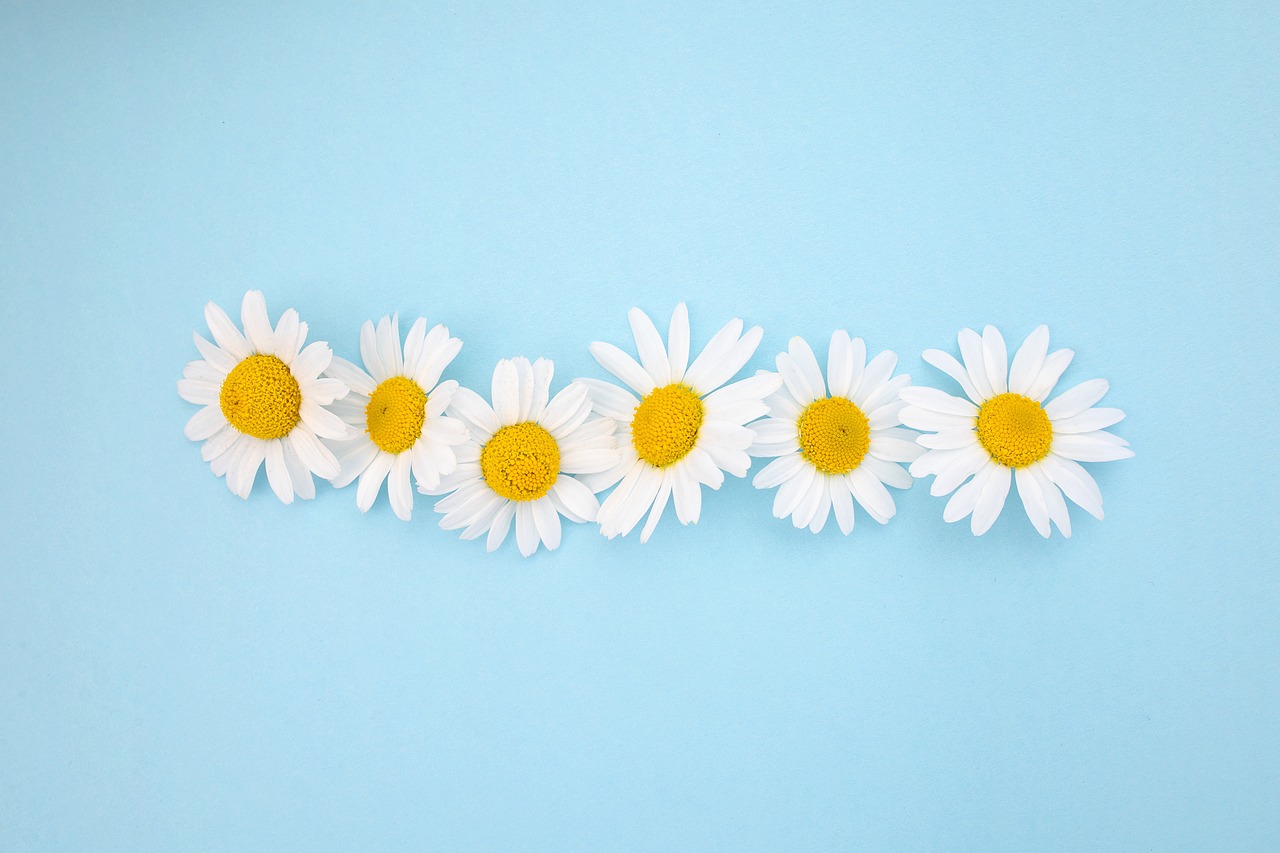
Building Trust and Connection
Building trust and connection with the participants of a cultural ceremony is paramount in capturing authentic and meaningful moments through photography. By engaging with the community members and demonstrating respect for their traditions, you can create a comfortable environment that fosters genuine interactions. Seek permission before taking photos and take the time to build relationships based on trust and mutual understanding.
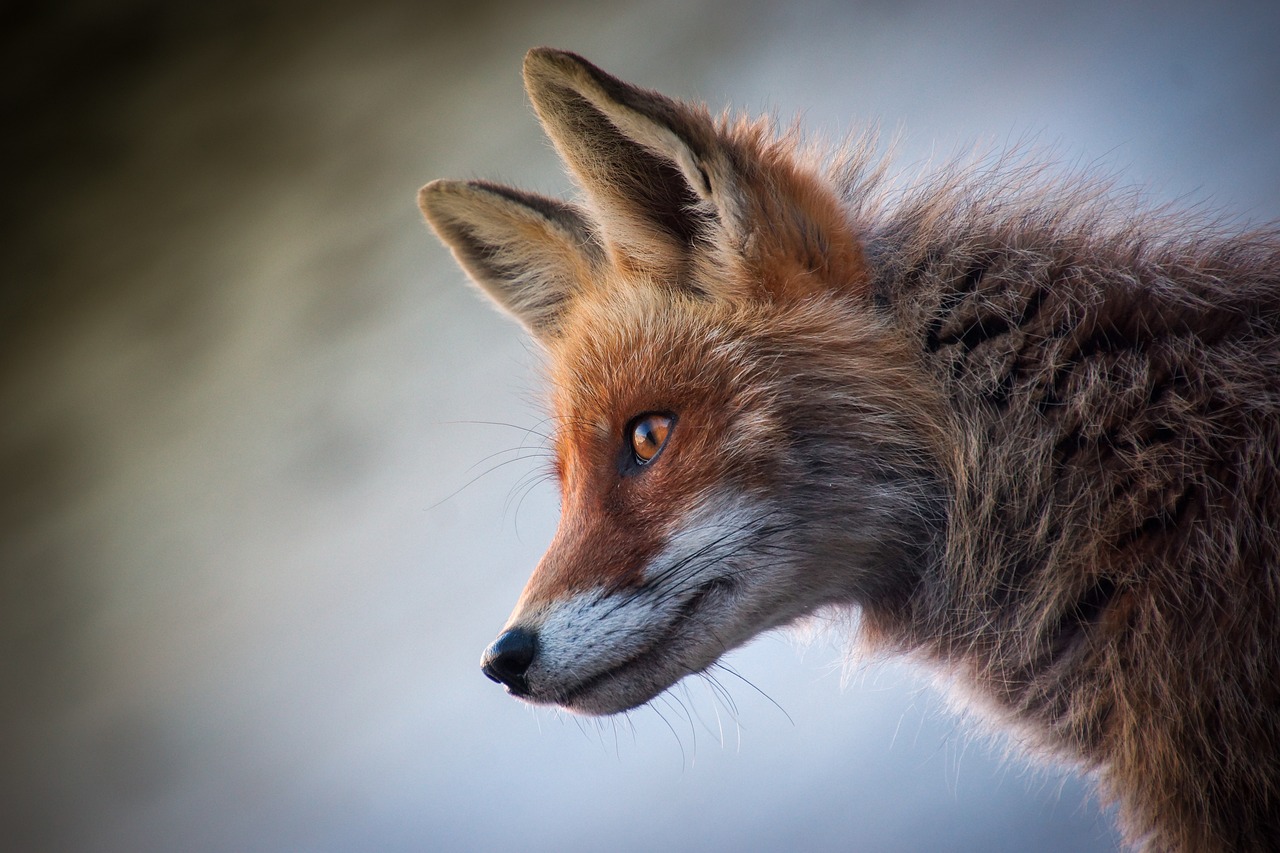
Choosing the Right Equipment
When it comes to photographing cultural ceremonies and rituals, selecting the right equipment is crucial for ensuring that you can capture the essence of the event effectively. The choice of camera gear can greatly impact the quality and outcome of your photos, so it's essential to consider various factors before heading out to document these important occasions.
First and foremost, think about the lighting conditions you are likely to encounter during the ceremony. Different cultural events may take place indoors, outdoors, during the day, or at night, so having a camera that performs well in various lighting situations is key. Consider the sensitivity of your camera's sensor to low light and whether you may need additional lighting equipment to supplement natural light sources.
Another important aspect to consider is the focal length of your lenses. Depending on the size and layout of the venue where the ceremony is taking place, you may need a variety of focal lengths to capture wide-angle shots of the overall scene as well as close-up details. A zoom lens with a versatile focal range can be particularly useful in these situations.
Portability is also a factor to keep in mind when choosing equipment for cultural ceremonies. You may need to move around quickly and discreetly to capture fleeting moments or change your shooting position to get the best angle. Opt for lightweight and compact gear that allows you to be agile without drawing too much attention to yourself.
Additionally, consider the type of camera that best suits your shooting style and preferences. Whether you prefer the versatility of a DSLR or the convenience of a mirrorless camera, make sure you are comfortable using the equipment you have selected. Familiarize yourself with the settings and controls of your camera before the event to ensure you can adjust them quickly as needed.
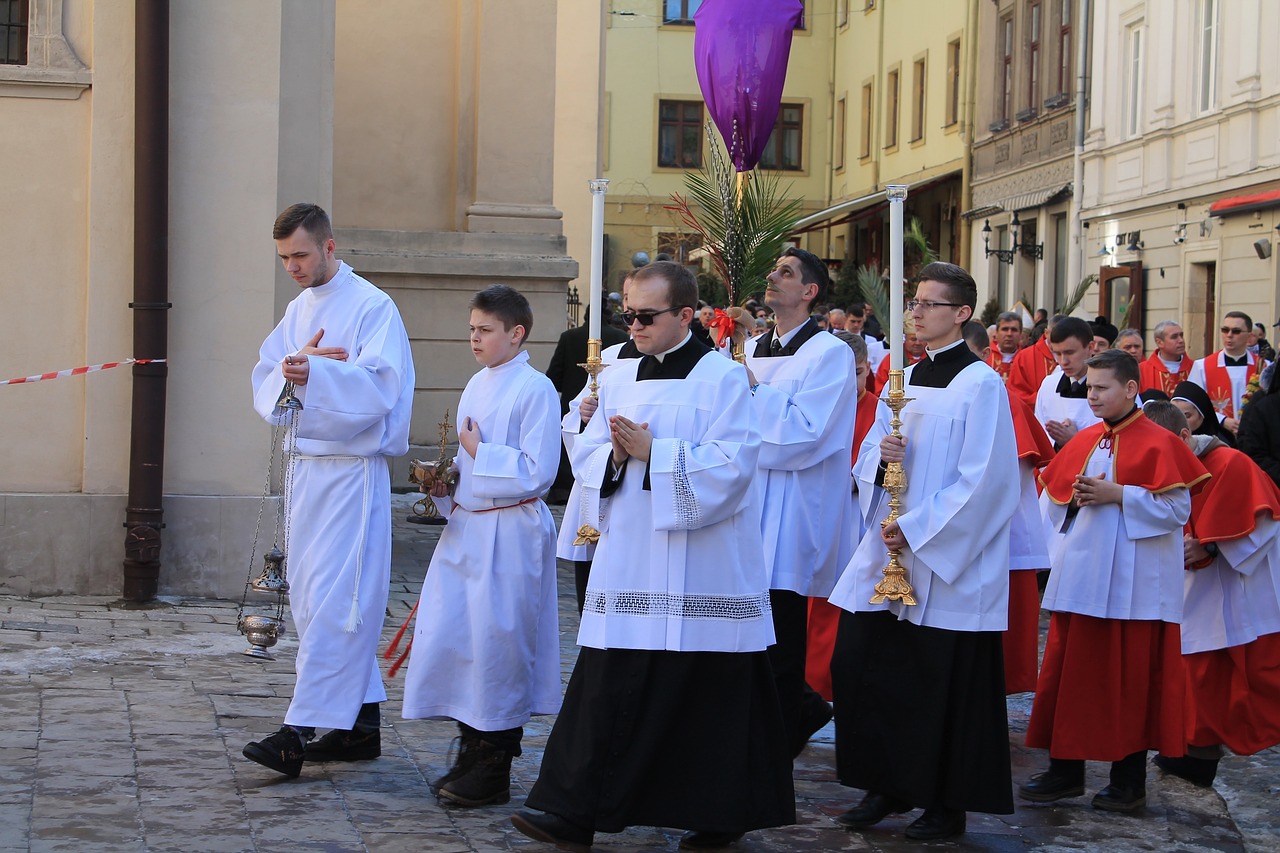
Composition and Framing Techniques
When it comes to capturing the essence of cultural ceremonies and rituals through photography, mastering composition and framing techniques is key. These techniques go beyond just pointing and shooting; they involve a thoughtful approach to how you frame your subject within the image. By understanding the principles of composition, such as the rule of thirds, leading lines, and symmetry, you can create visually compelling photos that draw the viewer's eye to the focal point of the ceremony.
Experimenting with different angles and perspectives can also add depth and storytelling to your images. Consider shooting from high above to capture the grandeur of the ceremony or getting down low to show a unique perspective. By varying your angles, you can create a diverse collection of photos that showcase the event from multiple viewpoints.
Furthermore, framing plays a crucial role in highlighting the subject of your photograph. By using elements within the scene to frame your subject, such as archways, door frames, or natural foliage, you can draw attention to the focal point and create a sense of context. This technique not only adds visual interest to your photos but also helps convey the atmosphere and setting of the cultural ceremony.
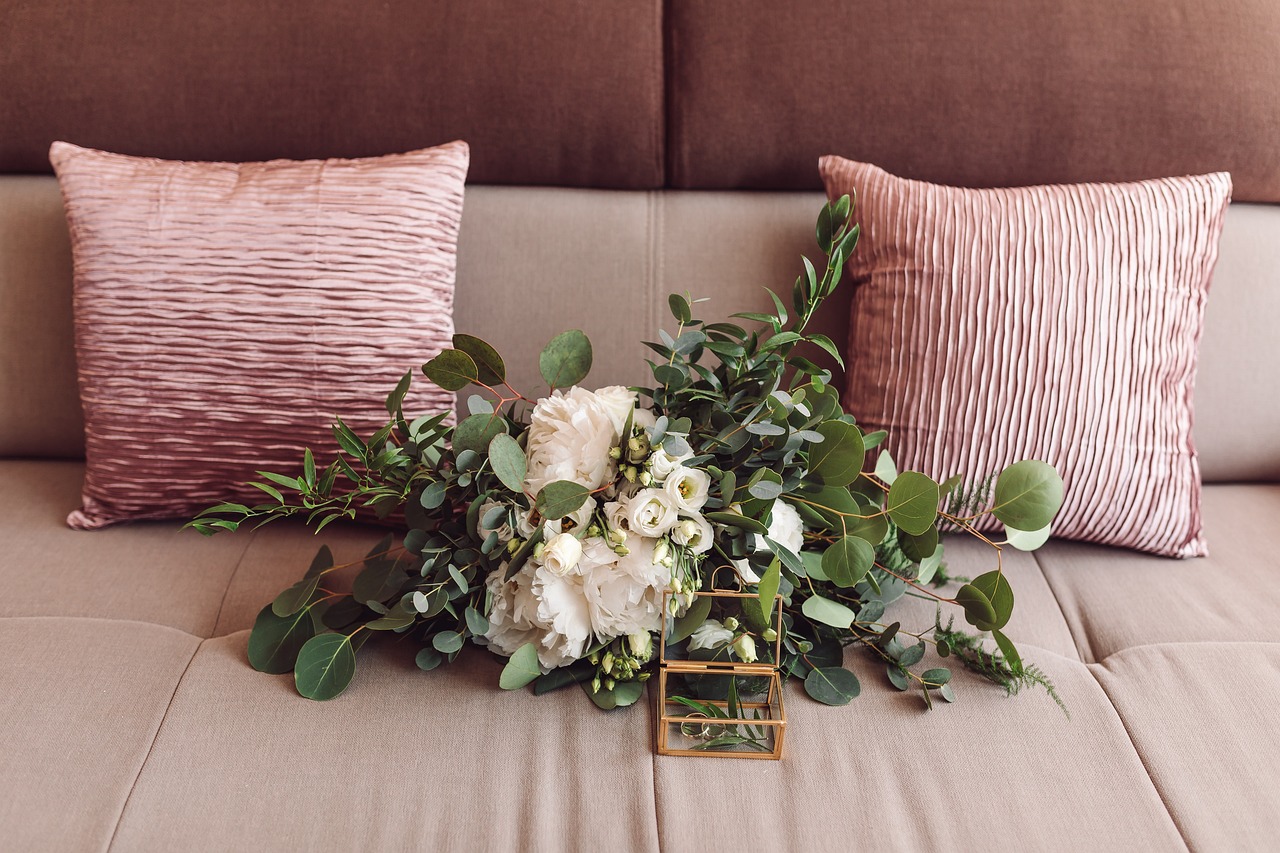
Capturing Details and Close-ups
When it comes to photographing cultural ceremonies and rituals, capturing details and close-ups is essential to highlight the unique elements that define the event. These intricate shots can convey the cultural significance of the ceremony in a powerful and emotive way.
One approach to capturing details is to focus on symbolic objects that hold particular importance in the ceremony. Whether it's a sacred artifact, a traditional garment, or a ritualistic item, these elements can provide viewers with a deeper understanding of the cultural context.
Close-up shots of participants' expressions and gestures can also add a layer of storytelling to your photos. By zooming in on facial expressions, hand movements, or body language, you can convey the emotions and nuances of the ceremony in a more intimate way.
Additionally, paying attention to the smaller details within the larger context of the event can offer a comprehensive view of the ceremony. From intricate patterns on fabrics to subtle decorations, capturing these nuances can enrich the visual narrative of your photographs.
Experimenting with different angles and perspectives while taking close-up shots can also help you create dynamic and engaging images. Whether you choose to shoot from above, below, or at eye level, varying your approach can result in visually striking photos that capture the essence of the ceremony.
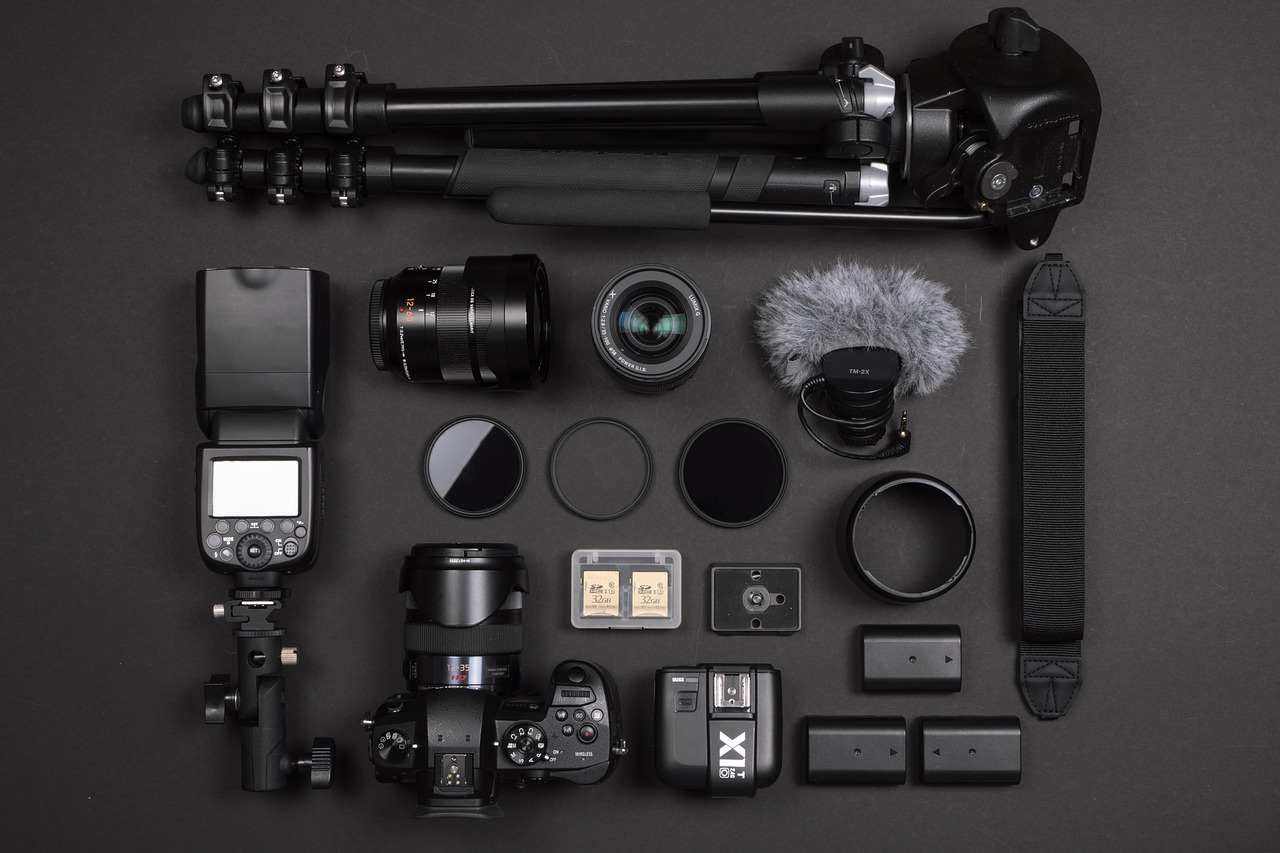
Embracing Natural Light
When it comes to photographing cultural ceremonies and rituals, embracing natural light can significantly enhance the mood and authenticity of your images. Natural light has a unique quality that artificial lighting cannot replicate, making it ideal for capturing the essence of these important events.
By utilizing natural light, you can create soft, diffused illumination that highlights the details and emotions of the ceremony. Instead of relying on harsh artificial lighting that may disrupt the ambiance, work with the available natural light sources to add a sense of warmth and depth to your photos.
One of the key advantages of natural light is its ability to create a natural and organic look in your images. Whether it's the soft glow of the setting sun during a traditional dance or the gentle morning light illuminating a sacred ritual, natural light can evoke a sense of timelessness and authenticity in your photographs.
When photographing cultural ceremonies, consider the direction and quality of natural light to enhance the storytelling aspect of your images. Experiment with different angles and positions to make the most of the available light, creating dynamic compositions that draw the viewer into the scene.
Embracing natural light not only adds a touch of magic to your photos but also allows you to capture the true spirit and atmosphere of the cultural ceremony. By working in harmony with the natural light around you, you can create evocative and compelling images that resonate with viewers on a deeper level.
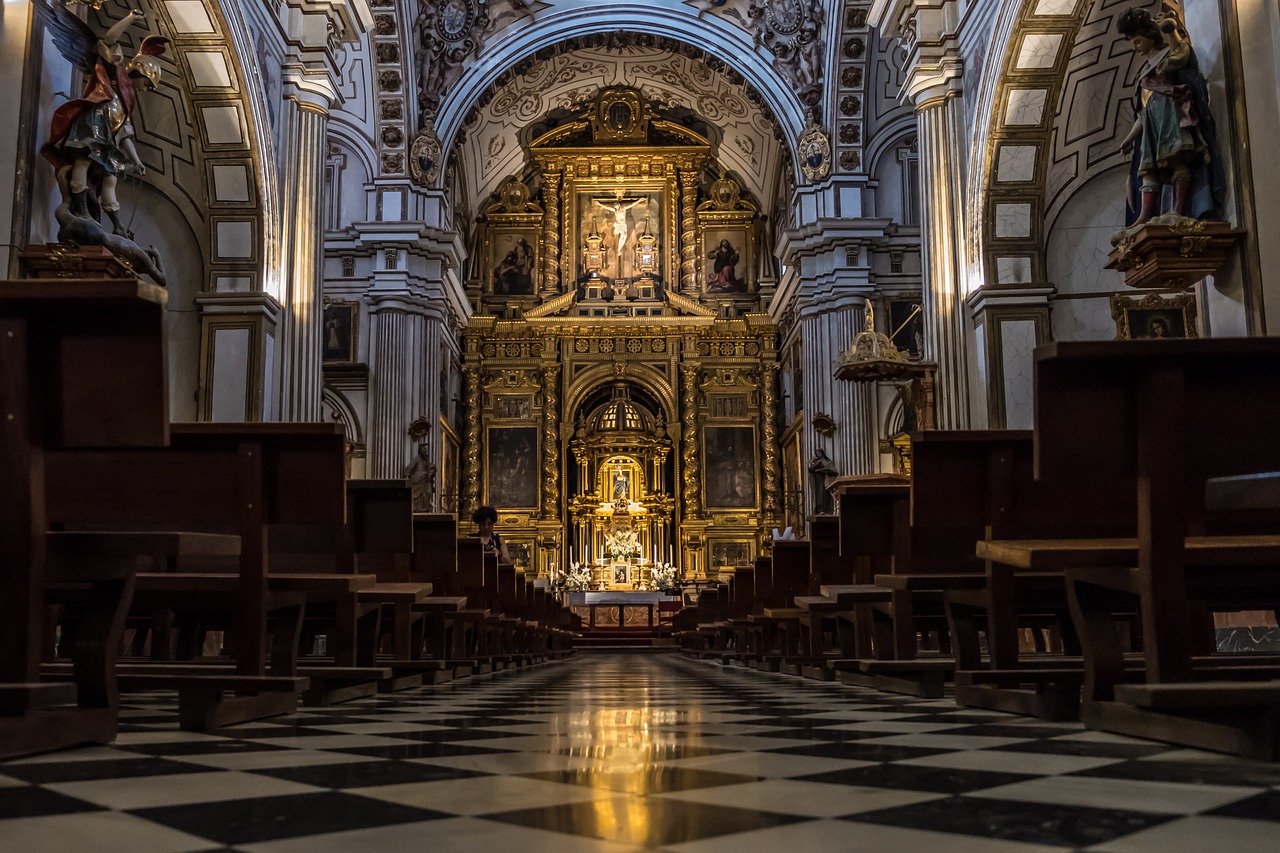
Editing and Post-Processing
When it comes to documenting cultural ceremonies and rituals through photography, the editing and post-processing stage is where your images truly come to life. This crucial step allows you to enhance the visual impact of your photos while maintaining the authenticity of the captured moments. By carefully adjusting colors, contrast, and sharpness, you can elevate the emotional resonance of your images.
Editing software plays a key role in refining your photographs to achieve the desired aesthetic. Whether you prefer Adobe Lightroom, Photoshop, or other editing tools, mastering the art of post-processing can significantly enhance the overall quality of your work. By fine-tuning the details and colors of your images, you can create a more immersive viewing experience for your audience.
One important aspect to consider during post-processing is to strike a balance between enhancing the visual appeal of your photos and preserving the integrity of the original moment. Avoid excessive editing that distorts the authenticity of the cultural ceremony. Instead, focus on subtle adjustments that highlight the beauty and significance of the event.
Experimenting with different editing techniques can also help you develop a unique style that sets your work apart. Whether you prefer vibrant colors, black and white contrasts, or a vintage aesthetic, the editing process allows you to infuse your images with your creative vision. Remember, post-processing is not just about correcting flaws but also about adding a personal touch to your photographs.
Furthermore, post-processing offers the opportunity to correct any technical imperfections that may have occurred during the shooting process. Whether it's adjusting exposure levels, reducing noise, or cropping for better composition, editing software provides the tools to refine your images to perfection. Embrace the editing process as a creative journey that enhances the storytelling power of your cultural ceremony photographs.
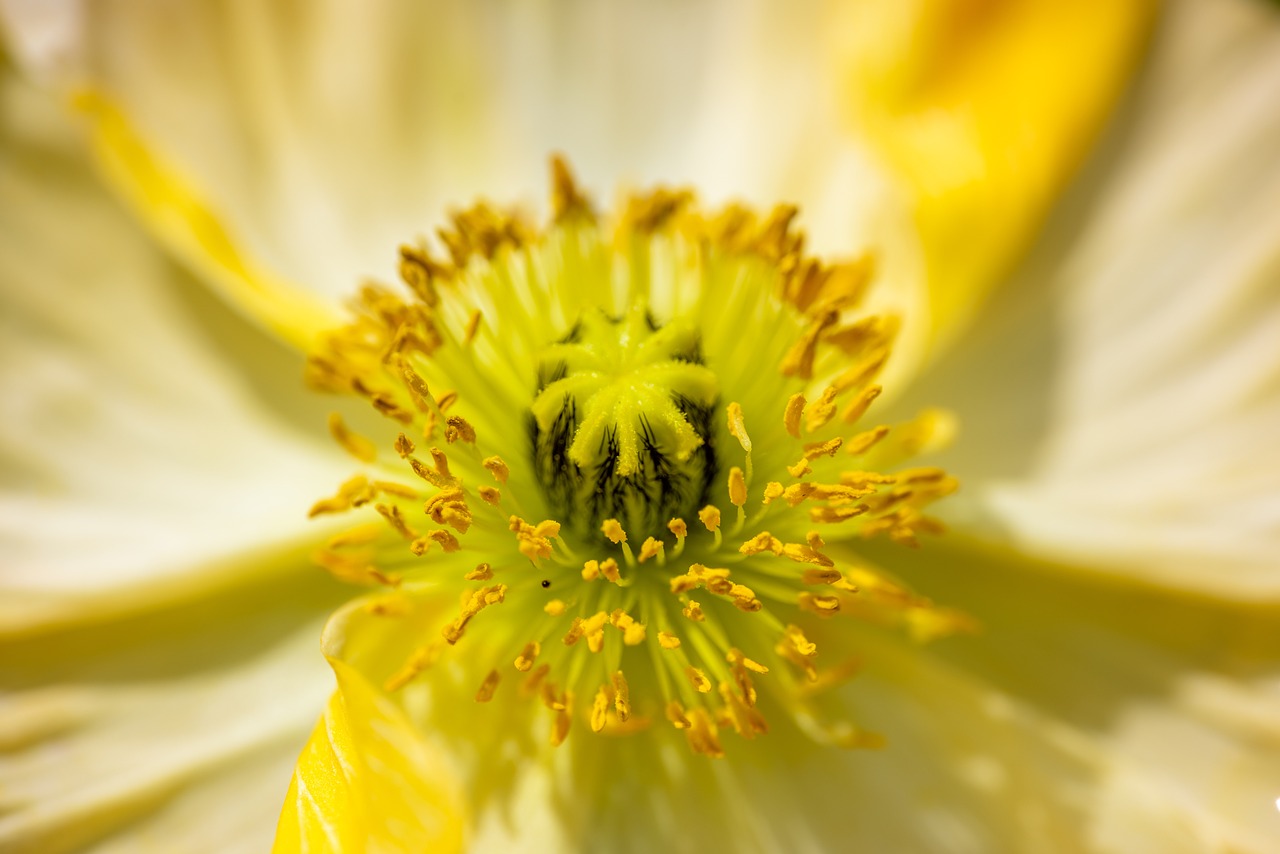
Respecting Privacy and Etiquette
When photographing cultural ceremonies, it is paramount to respect the privacy and etiquette of the participants involved. This involves understanding and adhering to the boundaries set by the community hosting the event. By displaying sensitivity and mindfulness towards the cultural norms and expectations, you can ensure that your presence and actions as a photographer are respectful and unobtrusive.
One way to demonstrate respect for privacy is by seeking permission before taking photographs, especially if you are capturing close-up shots or intimate moments. Building rapport with the individuals participating in the ceremony can help establish trust and create a more comfortable environment for photography. Additionally, being aware of any specific guidelines or restrictions regarding photography during the event is essential to avoid overstepping boundaries.
Respecting privacy and etiquette also involves refraining from intrusive behavior or disrupting the natural flow of the ceremony. It is crucial to blend into the surroundings and capture moments discreetly without drawing unnecessary attention to yourself. By maintaining a low profile and being mindful of your presence, you can ensure that your photography does not interfere with the solemnity or sanctity of the cultural event.
Furthermore, consider the implications of sharing the photographs you capture during the ceremony. Always obtain consent before publishing or sharing images that feature individuals, particularly if they are in a vulnerable or private setting. Respecting the dignity and autonomy of the subjects in your photos is essential in upholding ethical standards and preserving the integrity of the cultural ceremony.
Frequently Asked Questions
- What kind of camera gear is best for photographing cultural ceremonies?
Choosing the right camera gear for cultural ceremonies depends on various factors such as lighting conditions, portability, and focal length. Opt for a versatile camera with good low-light performance and consider bringing a selection of lenses to capture different perspectives.
- How can I ensure that my photos respect the privacy and boundaries of participants?
Respecting the privacy of participants is crucial when photographing cultural ceremonies. Always seek permission before taking close-up shots of individuals, avoid intrusive behavior, and be mindful of cultural sensitivities regarding photography.
- What editing techniques are recommended for enhancing images of cultural ceremonies?
When editing photos of cultural ceremonies, focus on enhancing the colors, contrast, and sharpness while preserving the authenticity of the moment. Avoid over-editing or altering the essence of the event, and aim to highlight the emotional and cultural aspects of the images.

